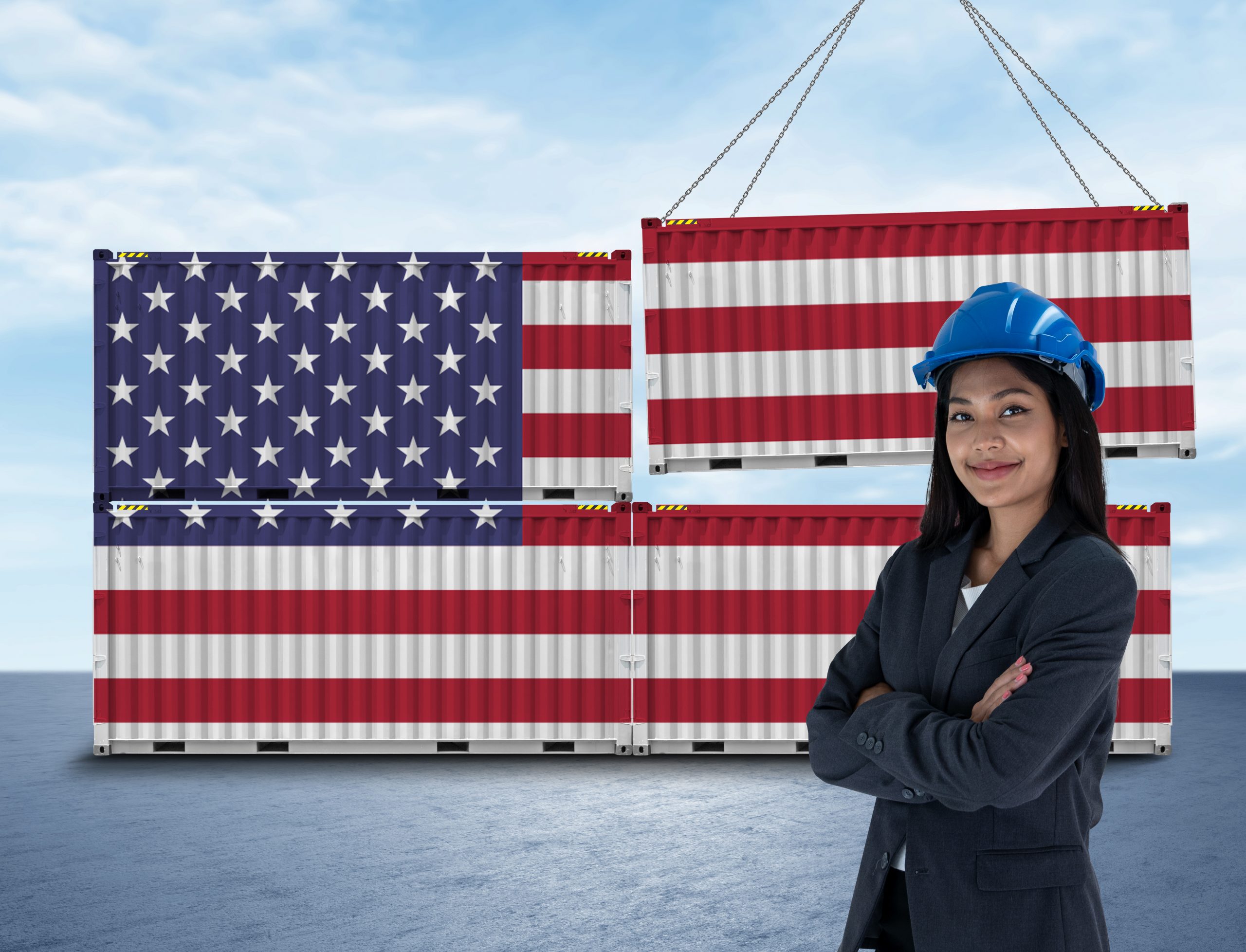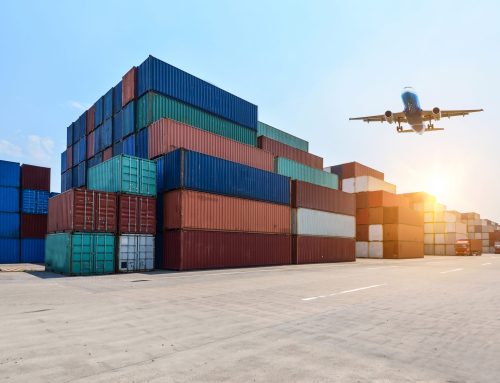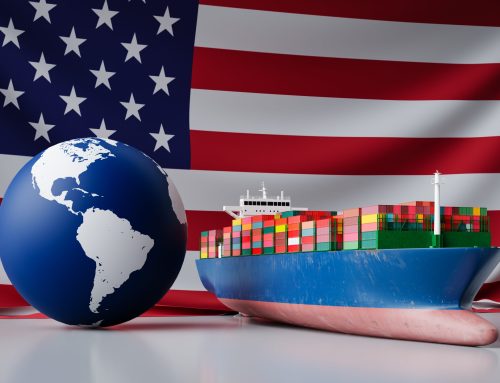As inflation and tariffs continue to squeeze U.S. businesses, importers are paying significantly more than they did just a year ago. For importers with limited pricing flexibility, the combined effect of these forces is a no-win situation.
This blog unpacks how inflation interacts with tariffs to drive up costs—and what practical steps your business can take to stay resilient.
What Is “Tariff Pass-Through,” and Why Does It Matter?
Tariff pass-through refers to how much of a tariff’s cost is passed from the importer to the end consumer. For example, if you pay a 25% tariff on electronics from China, do you raise your prices by 25%? By 10%? Not at all?
In many cases, the answer depends on inflation. When inflation is high, businesses are more inclined to pass on tariff costs, as price increases are already occurring across the board. Consumers accustomed to rising prices are less likely to resist one more increase. However, there’s a flip side: if your customers are already financially strained, they may resist additional price increases. That can leave you absorbing those tariffs and seeing your margins shrink.
How Inflation Makes Tariffs Hurt More
Tariffs and inflation not only coexist—they exacerbate each other. Tariffs increase your input costs, and inflation magnifies those effects across your supply chain. Transportation, packaging, warehousing, and insurance costs tend to rise.
If you’re importing goods under newly raised or reinstated U.S. tariffs, as seen in the latest 2025 tariff announcements, your per-unit costs have likely risen significantly in the past few months. Add to that the broader inflationary pressures, and you’re not just paying more; you’re also risking slower inventory turnover and customer attrition.
It’s a perfect storm for small and mid-sized importers.
Case in Point: Tariffs on Goods from China
For example, electronics, tools, and machinery are imported from China. In 2025, these categories will again see elevated tariffs following the Trump administration’s revision of Section 301 in response to evolving geopolitical and economic conditions.
Price increases may be unavoidable if your business depends on Chinese parts or finished goods, but that doesn’t mean you’re helpless.
What Importers Can Do Right Now
Here are five practical strategies to help offset or absorb tariff-related costs in today’s inflation-heavy economy:
Break Down Your Landed Cost
Landed cost = product cost + duties + freight + insurance + other fees.
Understanding each component of your landed cost helps you identify possible savings. In a time of high tariffs and inflation, every percentage point matters.
Working with a knowledgeable customs broker can help you pinpoint which costs are rising and what you can do about them.
Use Legal Tariff Engineering Tactics
Can you modify or reclassify your product to fall under a lower-duty category? This is a perfectly legal strategy that larger importers have used for decades. It is known as “tariff engineering.”
Before pursuing this strategy, ensure you fully understand the compliance risks. A qualified customs broker can help you assess whether your product qualifies under a different HS code.
Take Advantage of the Tariff Pause (If You Can)
Some importers have a small window of opportunity. In May 2025, the U.S. announced a 90-day pause on some new tariffs to allow businesses to adjust.
If your goods fall into this category, it’s time to expedite shipments, finalize contracts, or lock in pricing before those duties take effect.
Communicate with Suppliers
Overseas suppliers may be unaware of how tariffs are affecting your costs. Open a conversation about:
- Sharing cost responsibilities
- Adjusting contract terms
- Changing packaging or configurations to reduce the dutiable value
Need help with these discussions? Our negotiation guide offers strategies to approach them tactfully.
Explore Duty Drawbacks and Refunds
If you’re re-exporting goods or using them in U.S.-made exports, you might be eligible for a duty drawback, a partial refund of duties paid.
This tool can be powerful for reclaiming some of your tariff spending, especially if your business is export-oriented.
The Big Picture: Get Proactive
Tariffs and inflation aren’t going away anytime soon. Even if your margins are tight, now is the time to be proactive, not reactive.
Start by:
- Conducting monthly reviews of your supply chain costs
- Collaborate with trade compliance experts to identify cost-saving opportunities
- Monitor reliable trade and policy sources for timely updates
Final Thoughts
You’re not alone if your costs rise and your options seem limited. However, understanding how inflation intensifies tariff pressures and implementing proactive strategies can turn today’s challenges into tomorrow’s competitive edge.
Need help navigating the changing tariff landscape? Contact Clearit USA to learn how we help importers stay compliant, informed, and in control.





